Optimal Timing for Waterproofing Applications
Waterproofing is a critical process that protects structures from water intrusion, preventing damage and ensuring longevity. The optimal time for waterproofing depends on weather conditions, material curing times, and construction schedules. Proper timing enhances the effectiveness of waterproofing applications and reduces the need for future repairs.
Ideal for waterproofing projects due to moderate temperatures and lower humidity, which facilitate proper curing and adhesion.
Suitable when temperatures are still warm, but caution is needed to avoid high humidity or rain which can compromise application quality.
Good for waterproofing before winter, provided weather remains dry and temperatures are above freezing.
Cold temperatures and freezing conditions hinder application and curing, making winter unsuitable for waterproofing projects.
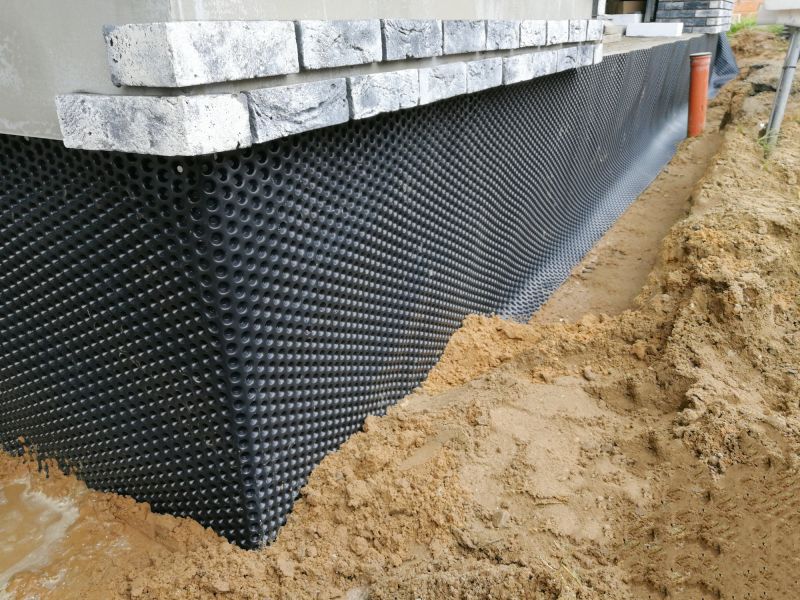
Ways to make Waterproofings work in tight or awkward layouts.

Popular materials for Waterproofings and why they hold up over time.
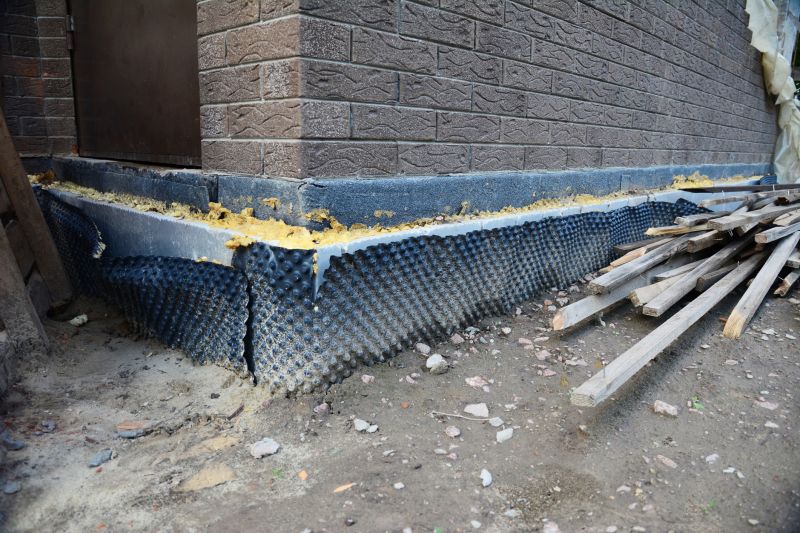
Simple add-ons that improve Waterproofings without blowing the budget.

High-end options that actually feel worth it for Waterproofings.
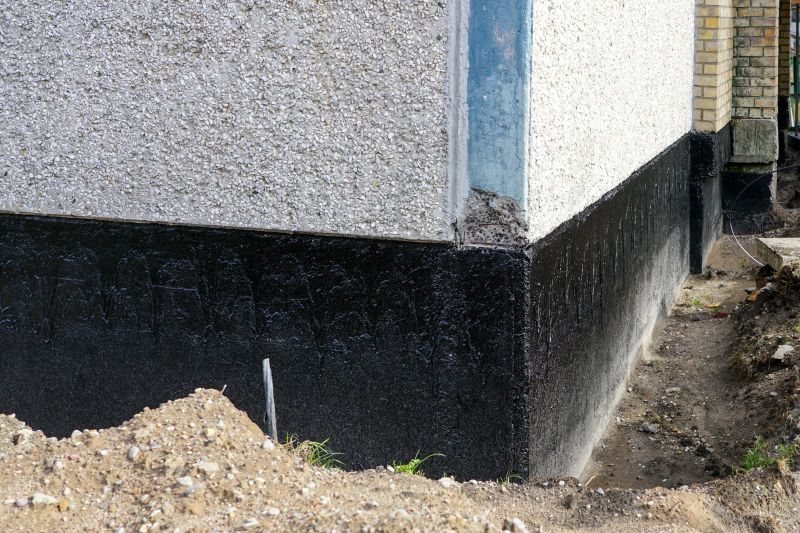
Finishes and colors that play nicely with Waterproofings.
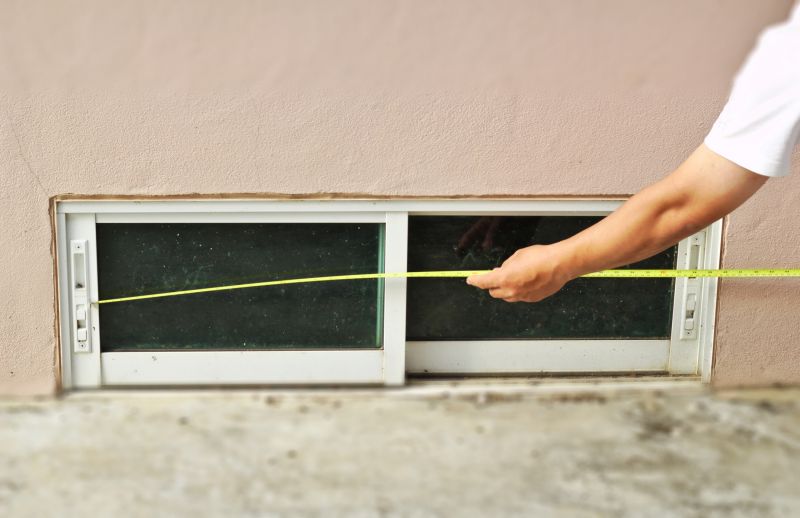
Little measurements that prevent headaches on Waterproofings day.
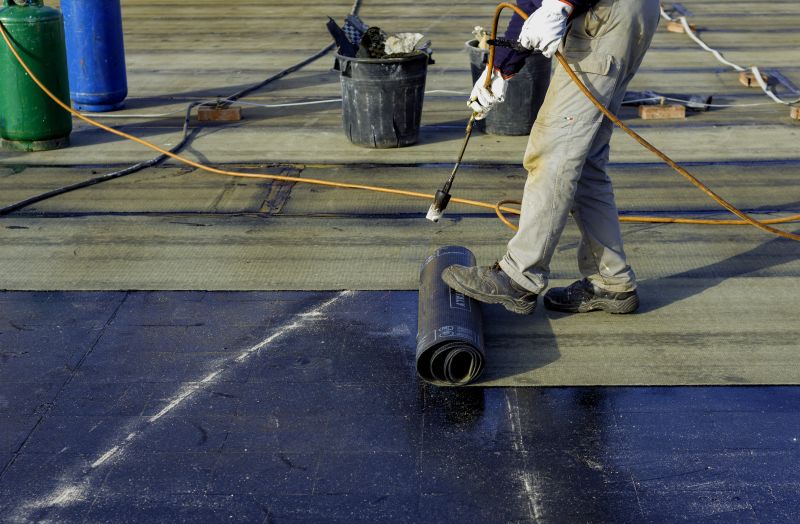
A 60-second routine that keeps Waterproofings looking new.

A frequent mistake in Waterproofings and how to dodge it.
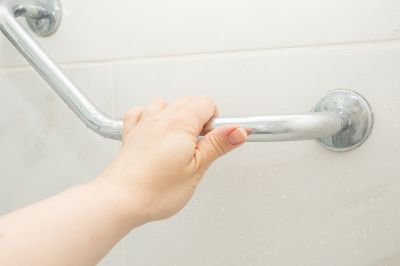
Small tweaks to make Waterproofings safer and easier to use.
| Season | Best Conditions |
|---|---|
| Spring | Moderate temperatures, low humidity, ideal for curing. |
| Summer | Warm weather, but avoid high humidity and rain. |
| Fall | Dry conditions, suitable before winter. |
| Winter | Cold, freezing temperatures, unsuitable for waterproofing. |
Waterproofings are essential for protecting structures from water damage, which can lead to structural weakening, mold growth, and interior damage. Properly timed waterproofing applications can extend the lifespan of buildings and reduce maintenance costs. Advances in waterproofing materials have improved durability and ease of application, making timing even more critical to ensure optimal results.
Statistics indicate that waterproofing failures are often linked to improper timing and weather conditions during application. For example, applying waterproofing materials in unsuitable weather can reduce adhesion by up to 50%, leading to increased repair costs. Therefore, understanding seasonal conditions and planning accordingly is vital for effective waterproofing projects.
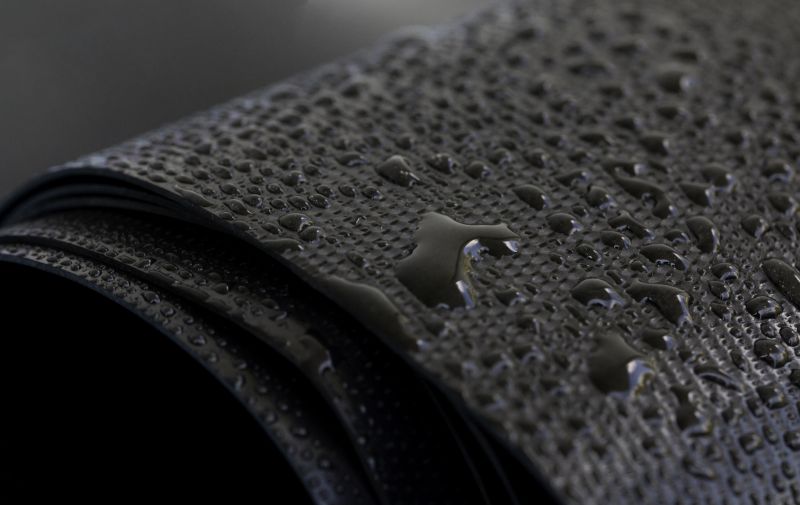
Lower-waste or water-saving choices for Waterproofings.

The short, realistic tool list for quality Waterproofings.

Rough timing from prep to clean-up for Waterproofings.
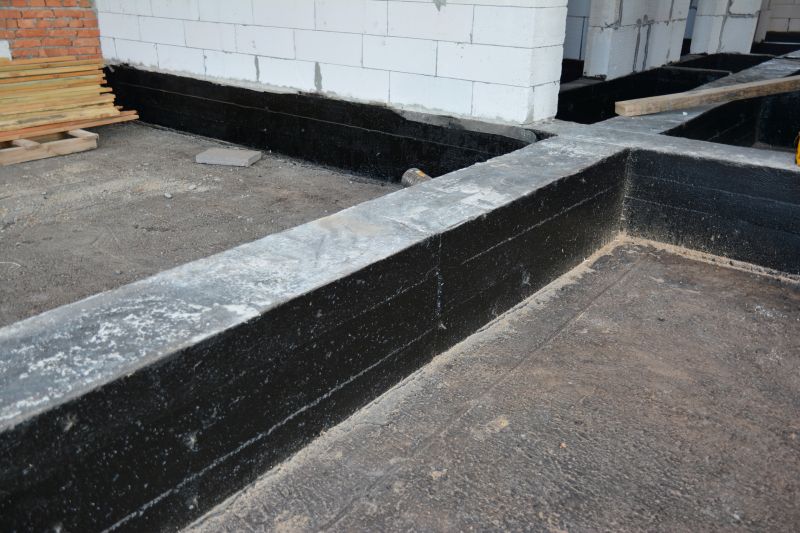
Quick checks and paperwork to keep after Waterproofings.
Interested in waterproofing services? Filling out the contact form can provide more information about suitable timing and options tailored to specific project needs. Proper planning ensures long-lasting protection against water intrusion and structural issues.

